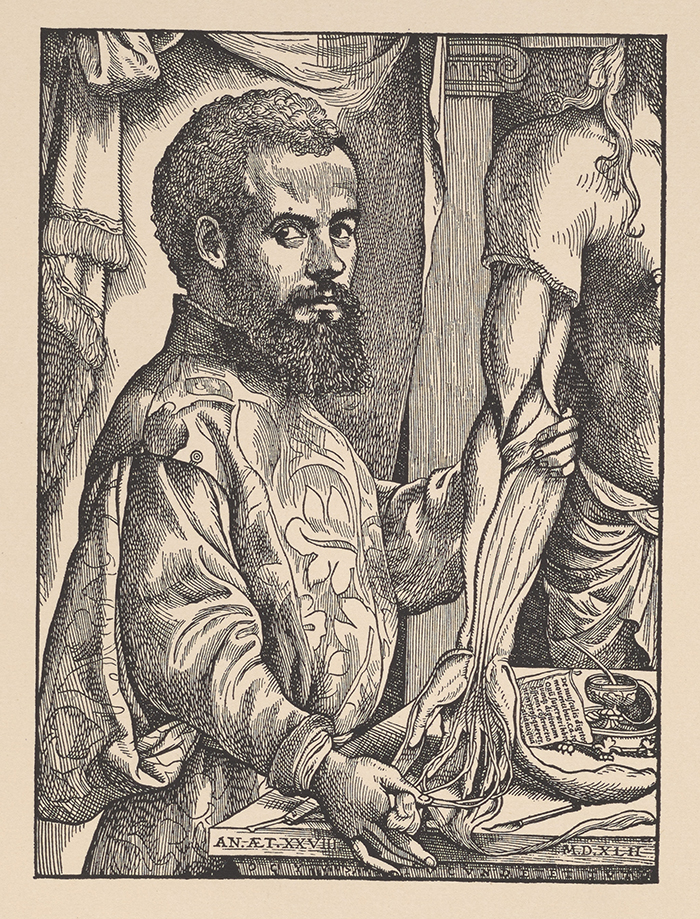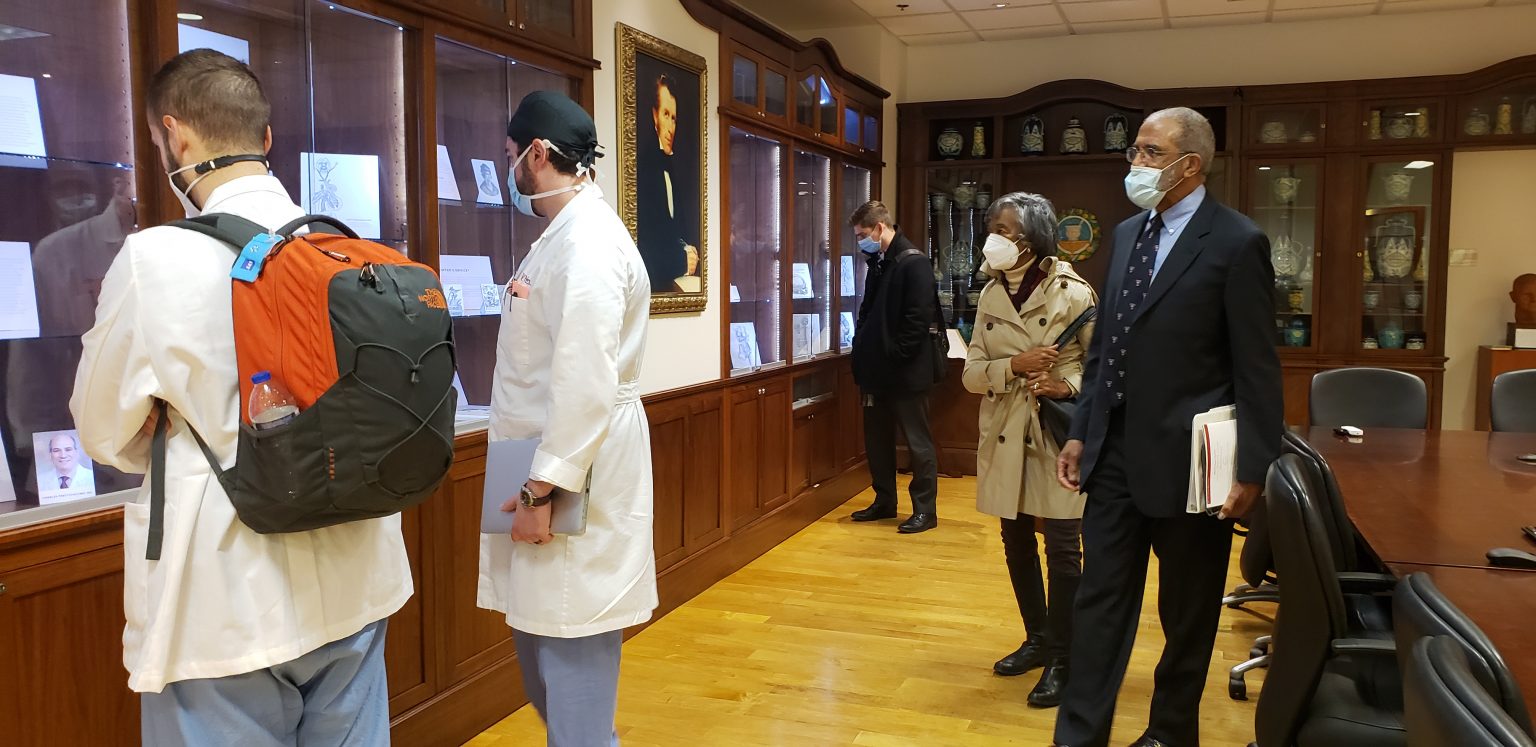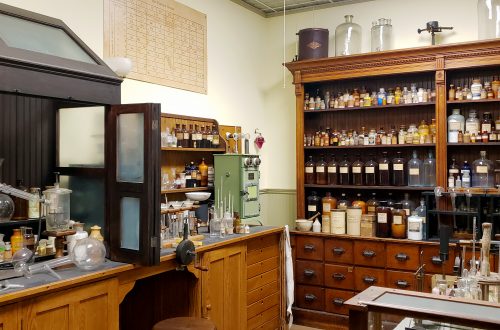
The Illustrated Human: The Impact of Andreas Vesalius
This past academic year, the Henry R. Winkler Center for the History of the Health Professions, along with University of Cincinnati Libraries and the UC College of Medicine, celebrated the seminal work of Andreas Vesalius with a series of online and in-person lectures and exhibits. The series, titled “The Illustrated Human: The Impact of Andreas Vesalius,” ran from October 2021 through March 2022 and provided an in-depth look and study of this monumental book of human anatomy first published in 1543.

Andreas Vesalius was a Renaissance anatomist and physician who revolutionized the study and practice of medicine through his careful description of the anatomy of the human body. Basing his observations on dissections he made himself, he authored the first comprehensive textbook of anatomy, “De humani corporis fabrica libri septem” (“On the Fabric of the Human Body in Seven Books”).
Published in 1543, “Fabrica” was the most extensive and accurate description of the human body of its time. Most likely drawn by Vesalius colleague Jan Stephan a Calcar and Italian artist Titian, “Fabrica” is widely known for its illustrations, where skeletons and bodies with exposed muscular structures pose in scenic, pastoral settings.
The lecture series, held both in-person and online, featured noted scholars, researchers and medical professionals both locally and from around the world. They discussed Vesalius’ life story, his formative experiences and mentors, as well as the impact and controversies surrounding Vesalius and the “Fabrica.” In addition, panelists discussed what Vesalius got right, what he got wrong and how the teaching of anatomy is relevant for other non-medical professions. For those who could not attend the lectures, or may wish to view them again, recordings of each lecture are available on the Vesalius website.

Accompanying the lectures were online and in-person exhibits, including on display in the Donald C. Harrison Health Sciences Library the first (1543) and second (1555) editions of the “Fabrica,” the “Epitomie” (1543), a significantly scaled-down version for medical students, “ICONE” (1934), when the original book plates were last used), and the 2014 English translation, “The Fabric of the Human Body” by Daniel Garrison and Malcolm Hast. These books were complemented by story board displays in the Winkler Center’s Stanley J. Lucas, MD, Board Room.
The Illustrated Human online exhibit contains images from the “Fabrica” as well as supplemental information about Andreas Vesalius and about the lecture series.
In addition, the John Miller Burnam Classics Library featured works from the library’s collection that could have influenced the work of Andreas Vesalius. In addition to rare books and manuscript facsimiles of works by and about ancient medicine, the exhibit includes an original Greek coin depicting the Greek “God of Medicine,” Asclepius, and a Roman coin of Salus, personification of “Health.”
More information on the various lectures, speakers and the exhibits can be found on “The Illustrated Human” website.
“The Illustrated Human: The Impact of Andreas Vesalius” was sponsored by Stephen and Sandra Joffe.




